An elegant finale: Gasquet's tender farewell to an era
The 38-year-old Frenchman has completed the final chapter of his career in an almost poetic way. Against Sinner, the hottest seed in tennis today, he delivered a 3-6 0-6 4-6 scoreline, only to the endearing applause of the crowd. Behind the numbers is the elegant curtain call of an artist who has dedicated his entire youth to the yellow-green ball.
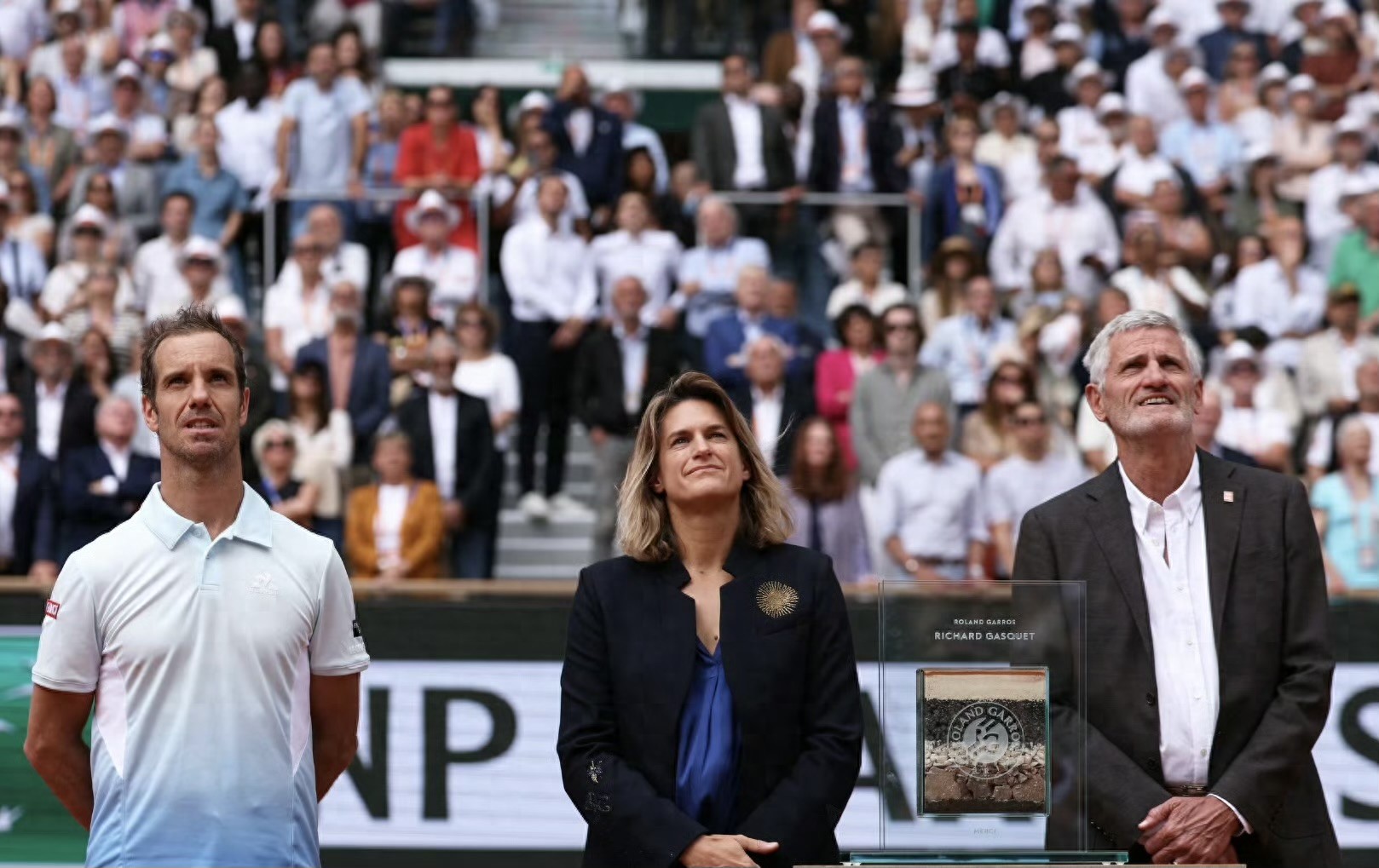
Gasquet's tennis aesthetic is almost philosophical. At a time when power tennis was becoming more mainstream, he stubbornly guarded the pure beauty of traditional batting. Like a violinist's bow, his SLR draws a perfect parabola with every swing, and the unique rhythm of the shot takes the breath away even the most demanding critics. At the 2005 Monte Carlo Masters, the 18-year-old Gasquet ended Federer's 25-game winning streak with a backhand straight cross, and tennis fans around the world were able to see the amazing talent of the French teenager.
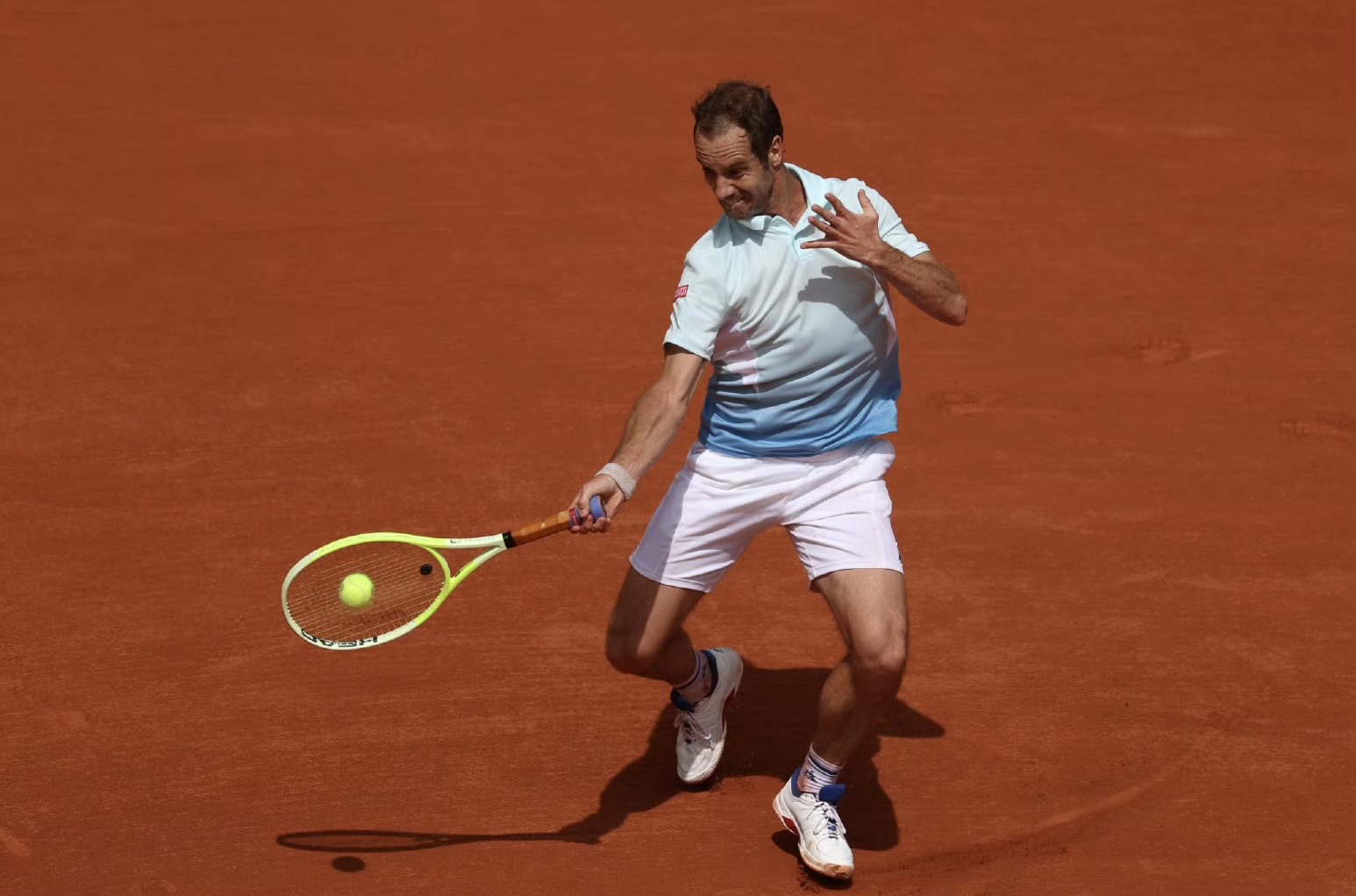
610 singles victories, 16 trophies on tour, three Grand Slam semi-finalists, and a top world seventh-ranking are the genesis of Gasquet's career, but they are far from defining his soul. During Nadal's reign on clay, he was one of the few players who could cause problems for the Spanish king at Roland Garros; During Federer's prime, his DSLR was publicly praised by the Swiss king as "the most wonderful scenery on the tour". a five-set battle against Roddick in the 2007 Wimbledon quarterfinals; The classic matchup against Rafael Nadal in the semifinals of the 2013 US Open cemented into a shining chapter in tennis history.
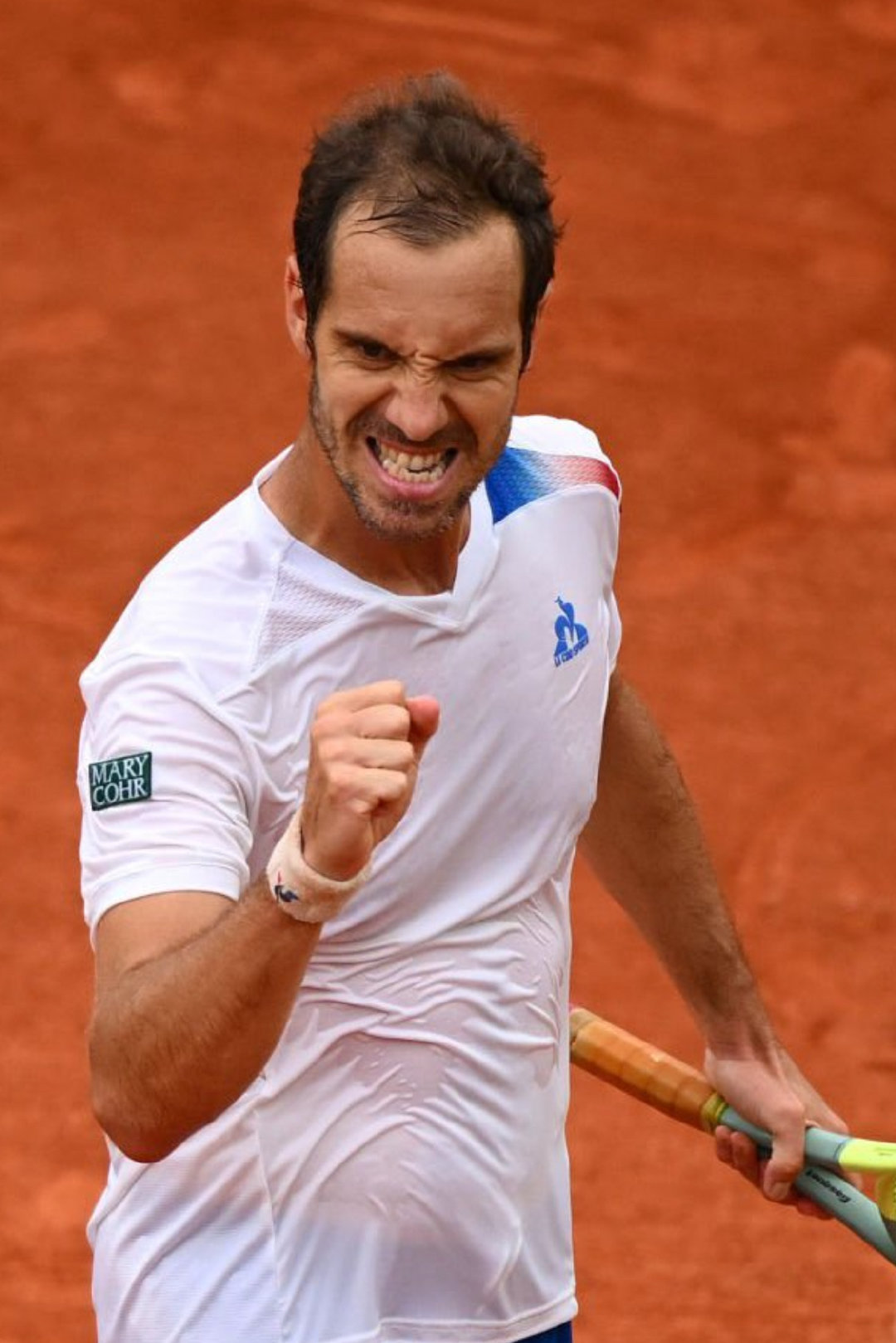
French tennis needs a knight like Gasquet. In the irascible group portraits of Tsonga, Monfils, and Simon, Gasquet represents the most world-renowned part of the Gallic spirit – elegant, persistent, and artistic. He holds the record for the most singles wins by a French player, a figure that is behind two decades of professional perseverance. As a new generation of French players becomes more and more like a global tennis machine on the court, Gasquet has always maintained that unique French tennis DNA, and his games will always have the literary atmosphere of a café on the rue Saint-Germain.
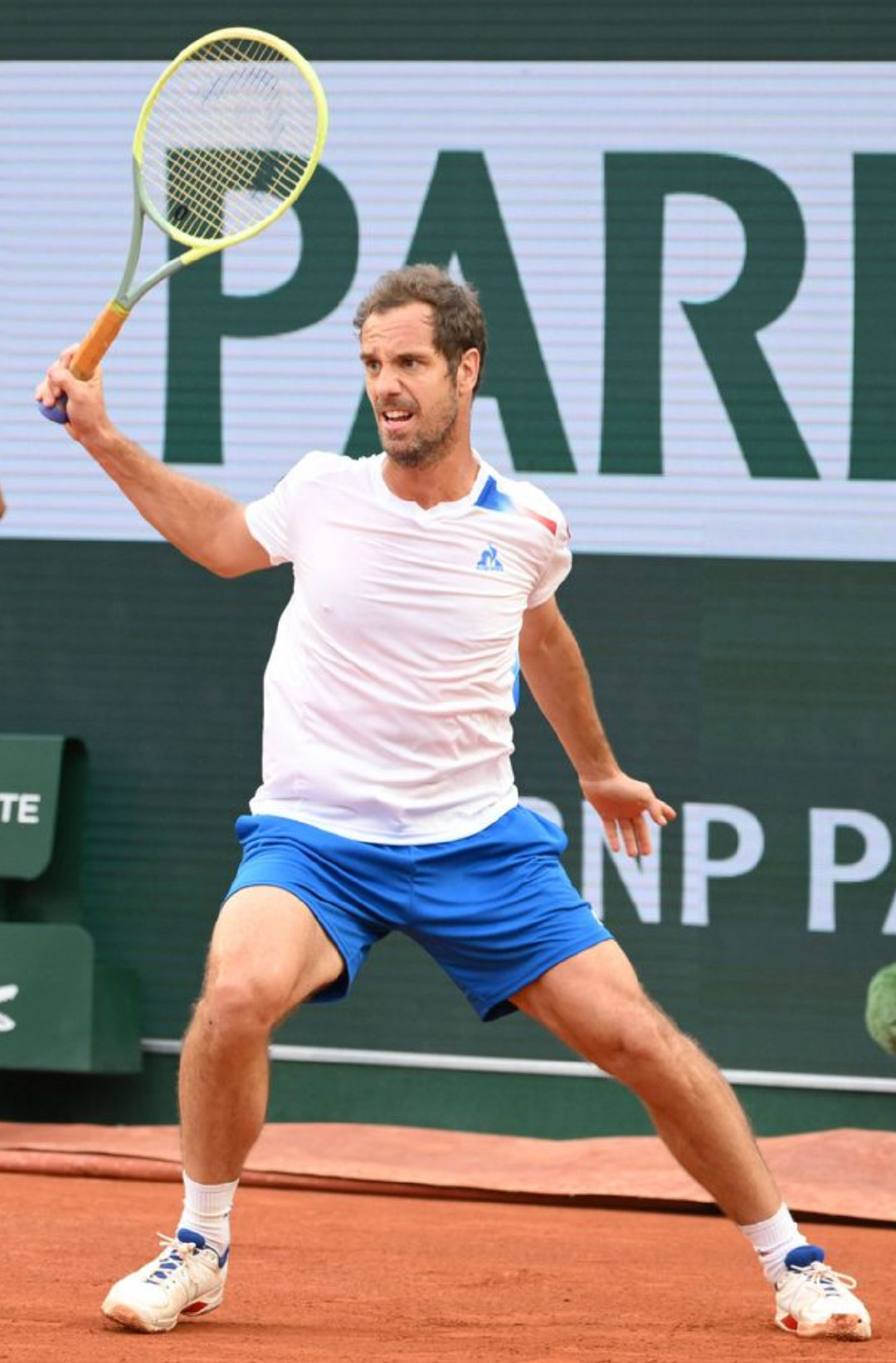
The most touching thing about the farewell moment is its inevitability. Gasquet chose to end his career at the French Open, like a painter who insisted on putting down his brush in front of the Louvre. When Sinner scored the final winning point, the crowd at the Estadio Philippe Chartier stood up in salute, reminiscent of the 2019 scene when Federer and Djokovic paid tribute to the nearly 38-year-old Federer after the Wimbledon final. Tennis is saying goodbye to an era, and Gasquet's departure is the most tender part of this farewell ceremony.
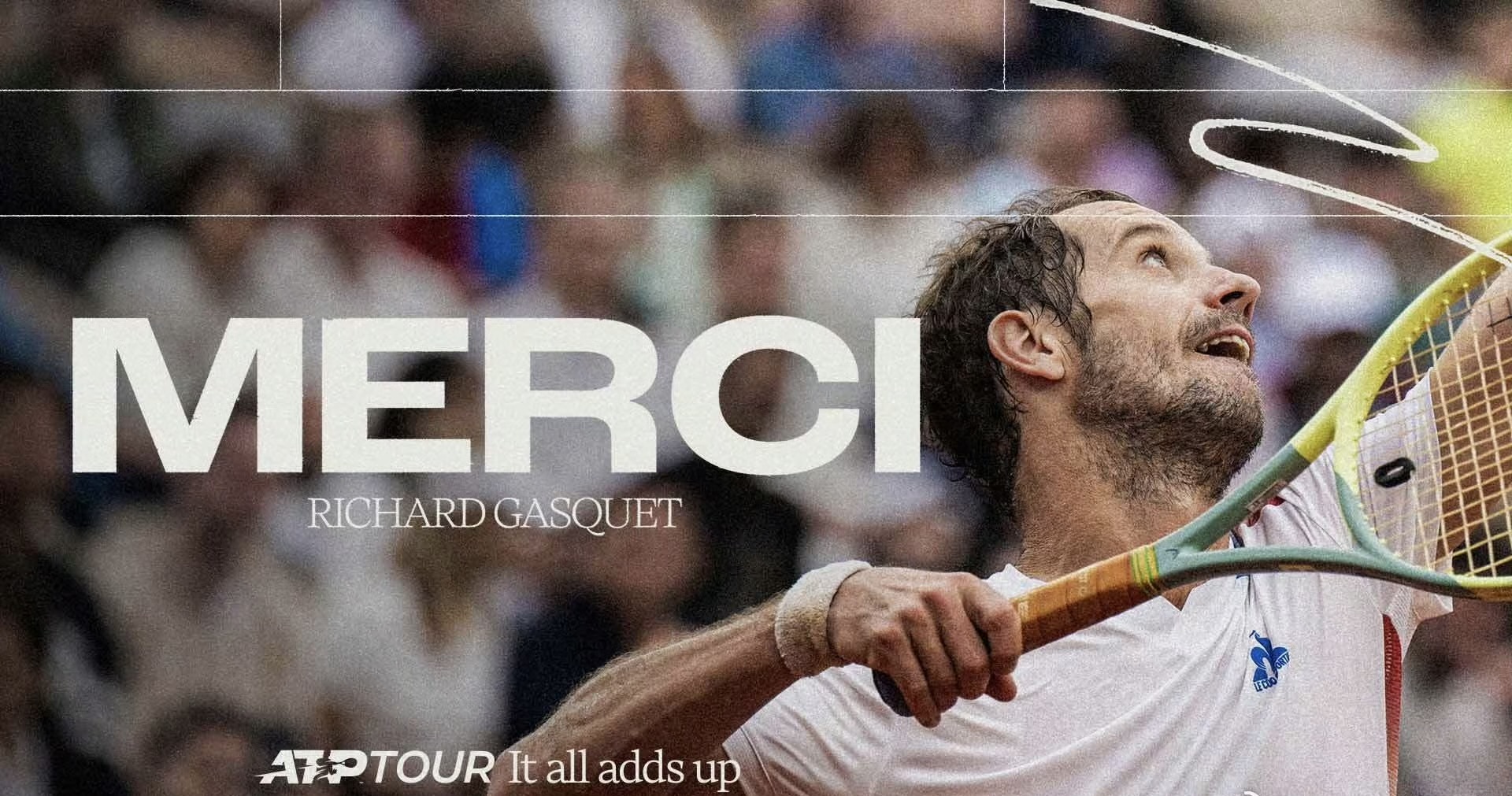
In today's increasingly commercialized professional sports, Gasquet's presence is like a retro chanson. He does not have the aura of a Grand Slam champion, but he has earned the most sincere respect from his peers and fans; His trophy gallery is not a grand showroom, but it is full of precious memories of the aesthetics of tennis. When the last ball hits the ground, we say goodbye not only to an outstanding athlete, but also to a fading poetry in tennis.
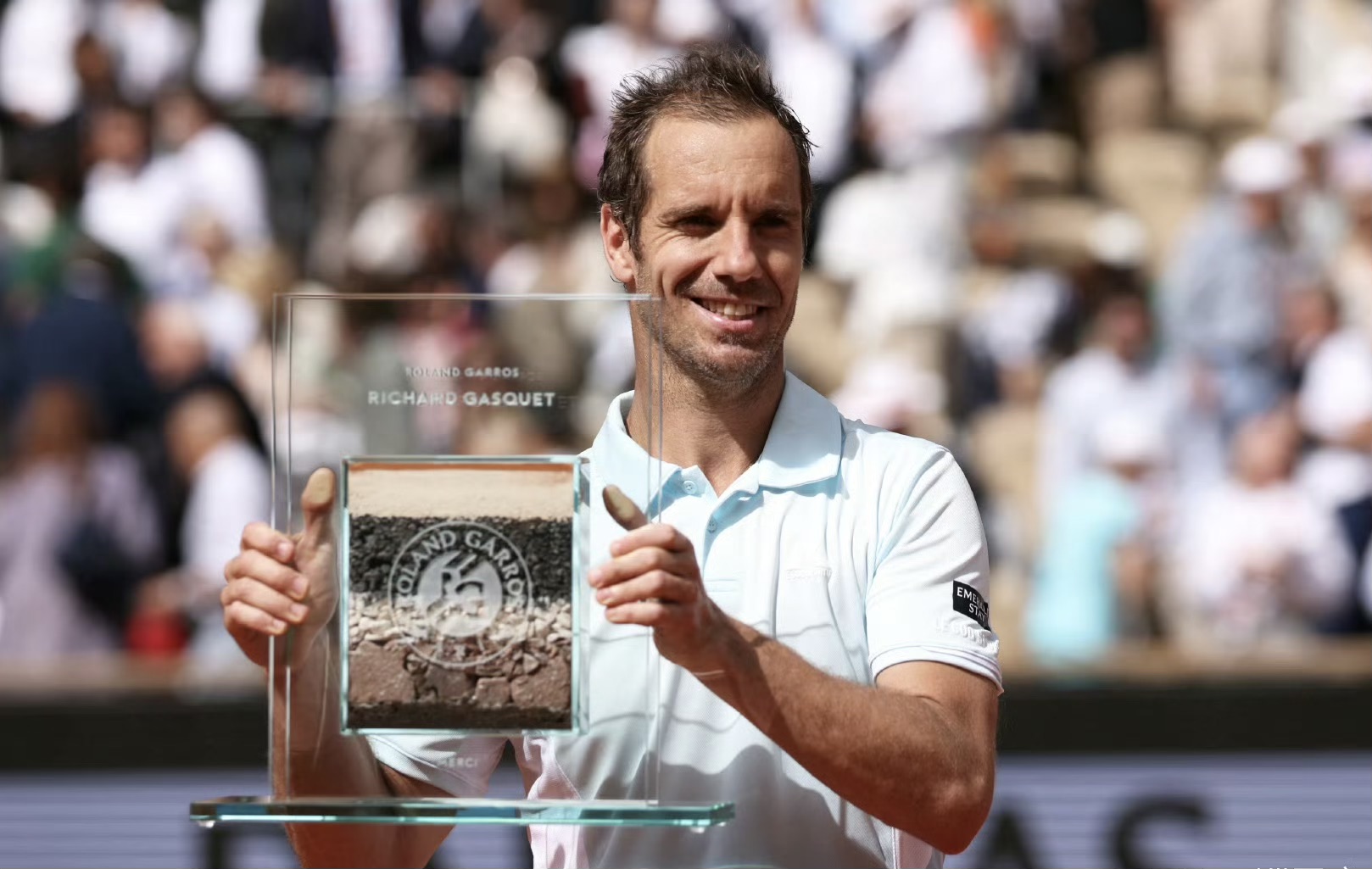
Gasquet's racket will eventually be dusted, but the graceful moments he left in tennis history will last as long as the morning light in Paris. Someday, when a kid asks what a real one-on-one counterball is, people will still pull up Gasquet's game footage — which holds tennis in its purest beauty. (Source: Tennis Home Author: Mei)







 Links
Links
 Contact
Contact
 App
App


